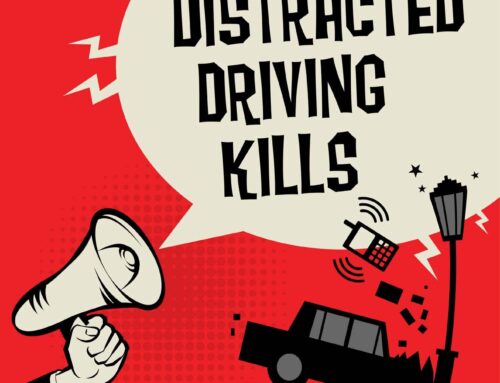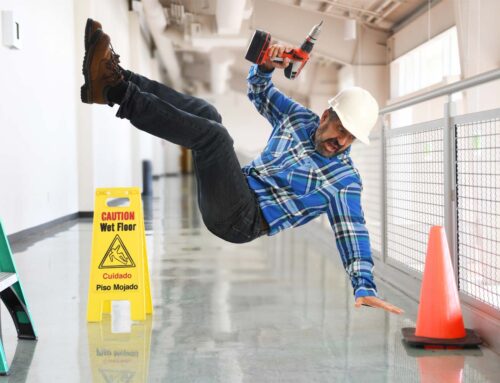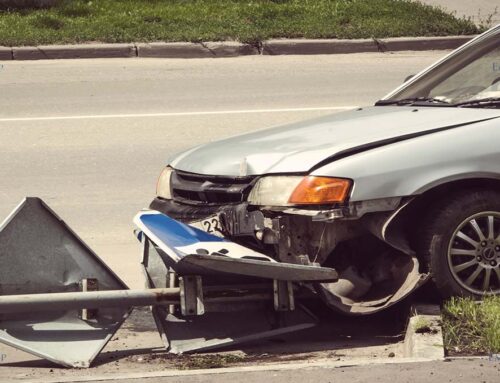Hazardous Roadways: Every Government’s Responsibility
The state and city governments must maintain the quality of roadways. The law dictates that they must provide safe streets and freeways for the millions of Americans across the country who drive different types of vehicles every day. Unfortunately, multi- and single vehicle accidents still happen because of hazardous roadways. In fact, 15% to 20% of road accidents are because of roadway design defects.
What are hazardous roadways?
A hazardous roadway is a road condition that makes it difficult for motorists to avoid accidents. There are many types of dangerous roadways. Some of the most common are:
Hazardous curves are roadways not correctly designed resulting in blind intersections and curves. These roads would likely surprise motorists coming from opposite directions thereby ending in a collision.
Guardrails are supposed to keep drivers from falling to the side of a ditch or a cliff. Roadways without guardrails are dangerous for drivers.
When designing roads, the designers must ensure that the foliage in the area does not cause poor visibility. If the foliage does create poor visibility, the proper lighting needs to be in place.
Poorly maintained roads can have uneven pavement and potholes, which are extremely hazardous to drivers.
Faulty designed intersections
Not all roads in America are designed for safety that’s why proper safeguard needs to be in place. Without these safeguards, accidents along such paths are bound to happen with possibly catastrophic results.
Hazardous roadways are one of the leading causes of single-vehicle accidents, along with DUI, defective auto parts, and driver error.
From an insurer’s point of view
In a single vehicle crash, an insurer would almost always automatically assume that it’s your fault. A thorough examination of the conditions of the road is needed to determine if you need to bring a suit against its maintainers and designers. An aggressive lawsuit might be necessary if the dangerous highway led to the wrongful death of a loved one.
An aggressive lawsuit is also required if the injuries sustained are too severe. Examples of these injuries include traumatic brain injuries (TBI), spinal cord injuries, broken or fractured limbs, and brain injuries.
The problem on evidence and liability
You, as the victim, will have to prove that the hazardous roadway caused the accident. You will also have to show that the state or city government was aware of the problem but chose to ignore it and left it unfixed. An experienced attorney will look into the history of the roadway where the accident happened by sorting through complaints and comments made by other people. A history of all accidents caused by the site will also be reviewed. A good lawyer will know what to do to hold a government body accountable for the injuries you sustained.
You should work on your case as soon as you can because some states implement a strict statute of limitations concerning government claims. You will no longer be able to seek compensation for your losses if the statute of limitations passes.
It’s best you get in touch with an experienced attorney within 24-48 hours of the crash. If the victim can’t do that, a loved one should.






